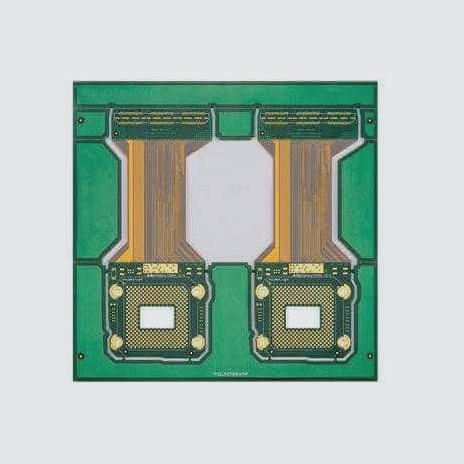Advancements in Screen Printing Technology for PCB Manufacturing
Screen printing technology in the PCB industry has seen significant progress, with the continuous development of materials, processes, and equipment. These advancements have made screen printing a viable option for high-density PCB production. The application of screen printing in PCB manufacturing focuses on three key aspects:
1. Wire Mesh
The screen is a critical component of a screen printing plate, influencing ink fluidity, printing thickness, and screen durability. The successful combination of the screen with photosensitive material is essential for creating high-quality printing plates. Traditional methods involve roughening and degreasing the screen to ensure a strong bond with the photosensitive material, enhancing screen quality and lifespan.
2. Printing Plate Photosensitive Material
Photosensitive materials like diazo sensitizers and photosensitive films are commonly used in printing plates. Diazo emulsions are favored for screen printing screens, while photosensitive films offer benefits such as uniform film thickness, high resolution, wear resistance, and strong adhesion. These materials are crucial for character printing on PCBs.
3. Screen Frame
The material and cross-sectional shape of the screen frame are vital for maintaining tension consistency. High-tensile aluminum mesh frames are currently popular due to their strength and durability.
Screen printing technology continues to advance, playing a crucial role in PCB manufacturing by enhancing efficiency, reducing costs, and improving processing quality. Ongoing research on functional inks has diversified screen printing applications, such as silver paste printing for membrane switches, stencil manufacturing for solder paste in SMT, and the use of PCB strippable ink.

